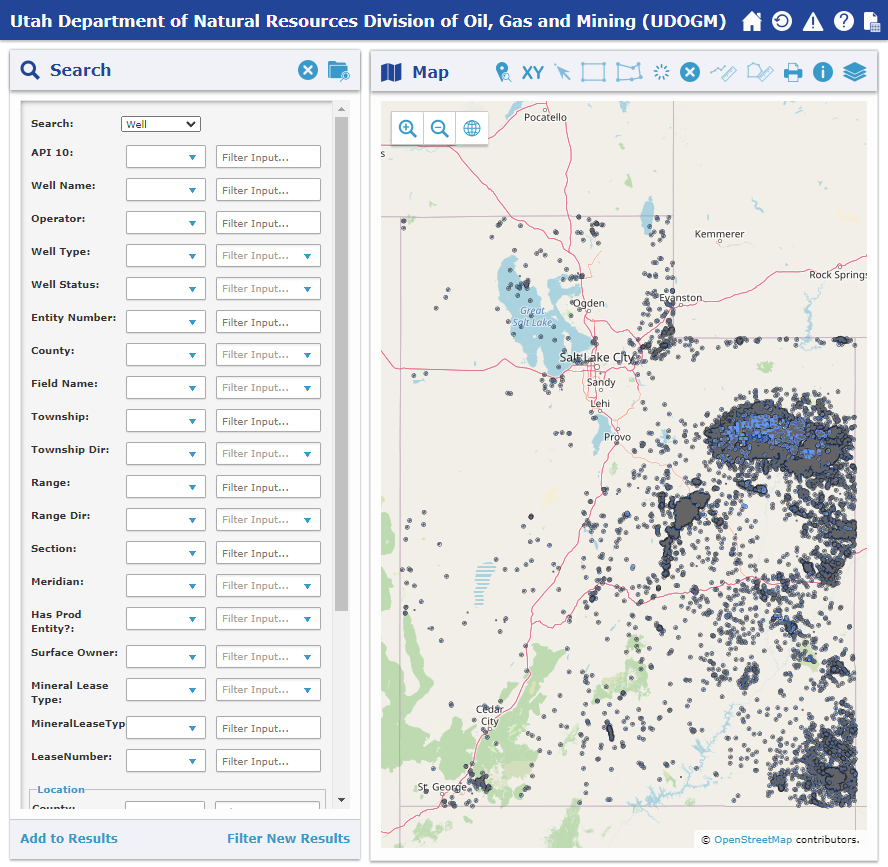Orphan Well Program
The Division oversees the Utah Orphan Well Plugging Program established in 1992. Program staff administers fund and oversee the work required to plug abandoned oil and gas wells at various locations throughout the State of Utah.
- Currently, there are 49 orphan wells that are not plugged and abandoned. The breakdown of these wells is as follows:
- Private: 27
- State: 11
- Federal: 11
- The program has plugged over 100 wells and is funded by producers of oil and gas through a .002 levy on the value of production. The fund is used to pay for costs of plugging and reclamation of orphan wells where there is no reclamation surety or where the forfeited surety is insufficient to cover the plugging and reclamation costs. The Program has expended approximately $2.5 M to plug orphan wells since inception.
- A database is used to track all known orphan wells. Information such as when it was drilled, depth, gas or oil, and owner is included in the database. Staff compares the information in the database to what is found in the field. Occasionally wells are found in the field that are not accounted for in the database. These legacy wells were generally drilled prior to the establishment of the Oil and Gas Commission (now the Division) in 1955 and before regulations were in place governing well drilling in Utah. The Division does not believe there to be many of these legacy wells remaining.
- The orphan wells are evaluated, and a risk assessment performed in determining the priority on each project and well. This evaluation is performed yearly at a minimum or as new wells are added or conditions from inspections performed regularly on these wells dictate. Some of the key factors that are evaluated and may elevate a project or well would be the depth of the well, pressure on the well or formations penetrated, proximity to water sources, proximity to population centers, proximity to other resources and condition of the well and equipment. Any well that leaks or shows significant potential for a leak would be elevated for immediate remediation. The goal of the program is to reduce the inventory to zero. We hope to achieve that goal within the next few years.
- The costs for plugging and reclamation depends on several factors. Size of the project and proximity to a home base of the contractor greatly affects the cost, mainly because of mobilization costs. Depth, type, and condition of the well also are factors. A well with difficult wellbore mechanics or fluids will cost more to get to the depths required and to dispose of the fluids removed from the wellbore. Although the unit costs for doing work have risen over the last 20 years it has not been significant. Mobilization costs and disposal costs have increased more rapidly than the typical unit costs but most of the cost differences in projects have been a result of the wellbore and project level of difficulty just mentioned.
- The Division is responsible for plugging wells on state and private lands.





